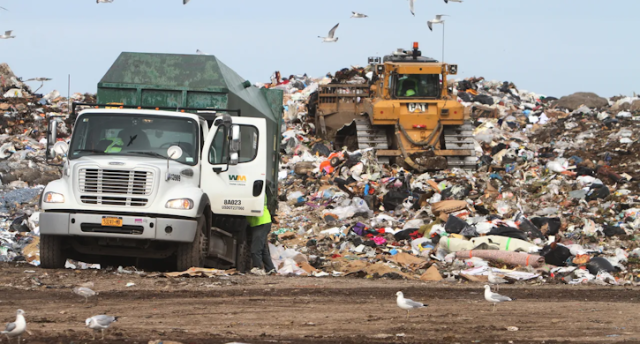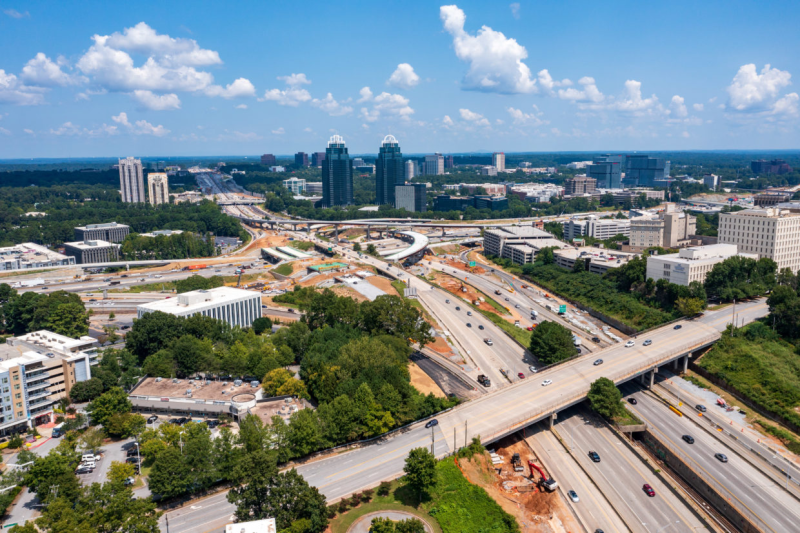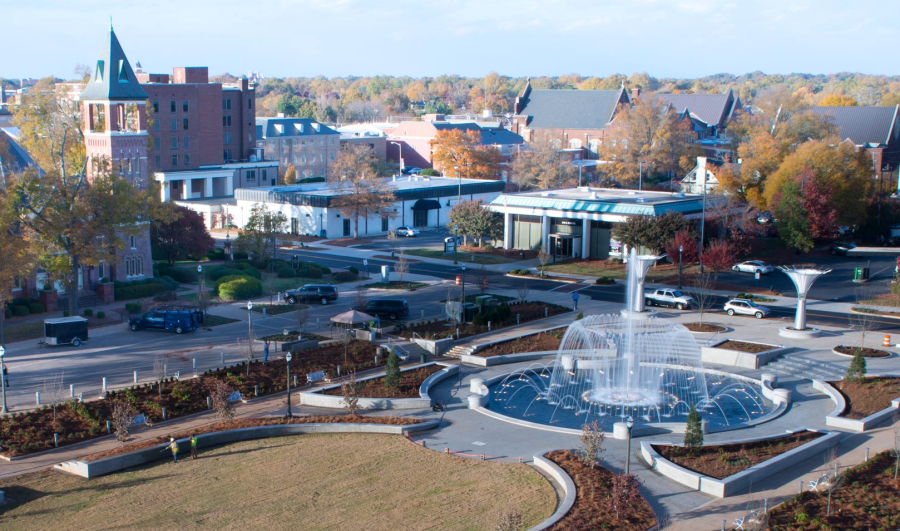Biowaste Treatment in California
When data are cross-referenced, it is confirmed that home composting remains the priority action for local authorities in California, thus limiting the use of dumpster rental services.
Government waste management actions
The primary objective is to reduce the amount of biowaste to be managed in order to reduce costs and nuisances, particularly odors. Citizen empowerment is rarely mentioned. In almost all cases, the operation consists of the sale and provision of a composter, with communication and awareness-raising activities and local outreach (composter guide, representatives, etc.) for 45% of the stakeholders surveyed. However, home shredding was only implemented in 10% of cases, which contributes to the often poor quality of the compost.
More integrated junk disposal projects
As for the essential training, it varies greatly: from one hour upon delivery of the composter to a few days at a dedicated site. The provision of a composter guide, a local representative, is only mentioned in 20% of cases. Moreover, some of them subsequently show inactivity.
Finally, two trends are observed: a lack of proactive approach from local authorities, which wait for feedback and requests for advice from users, and a rise in more integrated projects (prevention programs), more comprehensive, more ambitious (to cover the territory), and better managed (with preliminary studies, monitoring indicators, etc.).
Regarding the development of shared and independent composting, the number of organizations surveyed that have committed to it remains low, even though 18 out of 50 say they are considering it.
It must be said that this implementation is much more onerous: the obligation to provide a master composter, a liaison with the co-ownership, and greater support from the local authority (supply of structural materials such as wood chips, assistance with mixing, mobilization of a technician, etc.). According to the EPA, the levers for developing these types of composting are the introduction of a fee (incentive or special), the conditionality of aid, and the presence of competent staff within the community.
Impacts difficult to assess
As for the results and impacts of these operations, even if they are highlighted, they are also difficult to evaluate.
For example, the number of composters distributed is an indicator used by all, but calculated differently: city centers included or not, taking into account or not households already equipped, etc. Despite this, the survey shows a coverage rate of approximately 18% of households. There is therefore still considerable room for improvement to achieve the recycling and recovery rates set by California.
The quantity diverted is also poorly assessed, with widely varying calculation methods. Field visits reportedly show a 60% decrease (in weight or volume, it is not specified) and a 50% reduction in the frequency of bin presentation.
As with local authorities like Ontario, the primary objective of users is to reduce organic waste. Compost is often a pile of manure at the bottom of the garden. The production of quality compost is little sought after. Composting practices with an almost systematic lack of structure are confirmation of this. For example, the moisture content of the pile was found to be adequate in only 23% of cases!
Since compost production is not an end in itself, its use is not a concern for users, but also for local authorities, who do not ask the question in their monitoring.
Finally, surveys show that a high percentage (80%) of users who purchased a composter were already using it. They confirm that it was a windfall for them and that the community had limited influence.
Diverting the flow of biowaste
Ultimately, among the study’s conclusions, several significant points should be noted:
- Local biowaste management is primarily a diversion strategy. This aspect was reinforced by its integration into local prevention programs like in Ontario, which overshadowed the compost production objective
- Aid was channeled primarily through local authorities, with other stakeholders being little mobilized and barely involved: this is the case for businesses, where promotion of this management was very weak
- The EPA aid was substantial (up to 50% of costs) and well mobilized, but primarily focused on home composting, even though many households were already practicing it. Vertical housing and large producers were little involved
- The EPA’s technical support has been significant and has enabled a general increase in the skills of technicians in local authorities
Eliminating subsidies for individual equipment
Among the proposed developments in the system, it is proposed to:
- Redirect funding towards raising awareness among new stakeholders (vertical housing, large producers, etc.), user support, and innovation. Thus, funding for individual equipment would be discontinued. This is logical given the study and in a context of budgetary constraints. However, assistance should still be provided for the acquisition of a shredder. Support activities (training) should be maintained, along with assistance to strengthen human resources. Targeted actions for large producers (such as restaurants) would be encouraged
- Strengthen the EPA’s position as a reference and technical support provider for relevant local authorities through the analysis, monitoring, and dissemination of best practices already implemented in certain local authorities; Promote adapted local projects and solutions based on a territorial assessment. In this respect, this is already an obligation for prevention programs. This can also seem contradictory: is it useful to repeat a detailed assessment when other communities have demonstrated the relevance of certain solutions
Finally, the study demonstrates the value of a local management approach, but it also highlights its limitations in terms of impact and effects. It will be difficult to avoid a more collective organization of biowaste sorting and collection if we want to achieve recycling targets and limit landfill usage, especially since they are only a step in the right direction. We must prepare for more stringent obligations and use less dumpster rentals!












